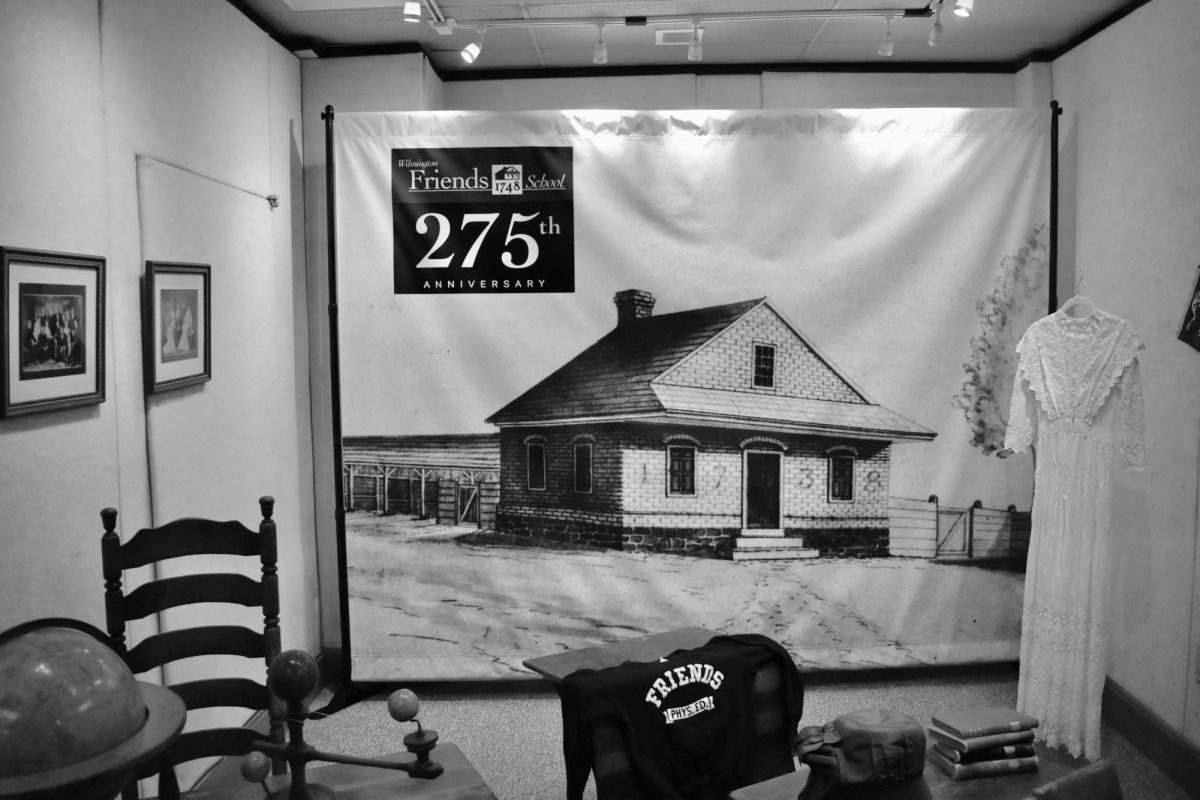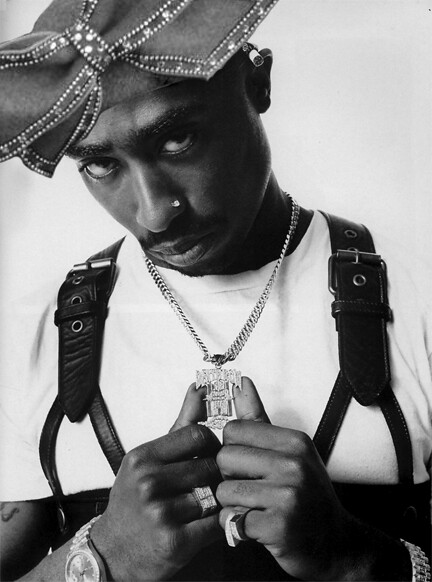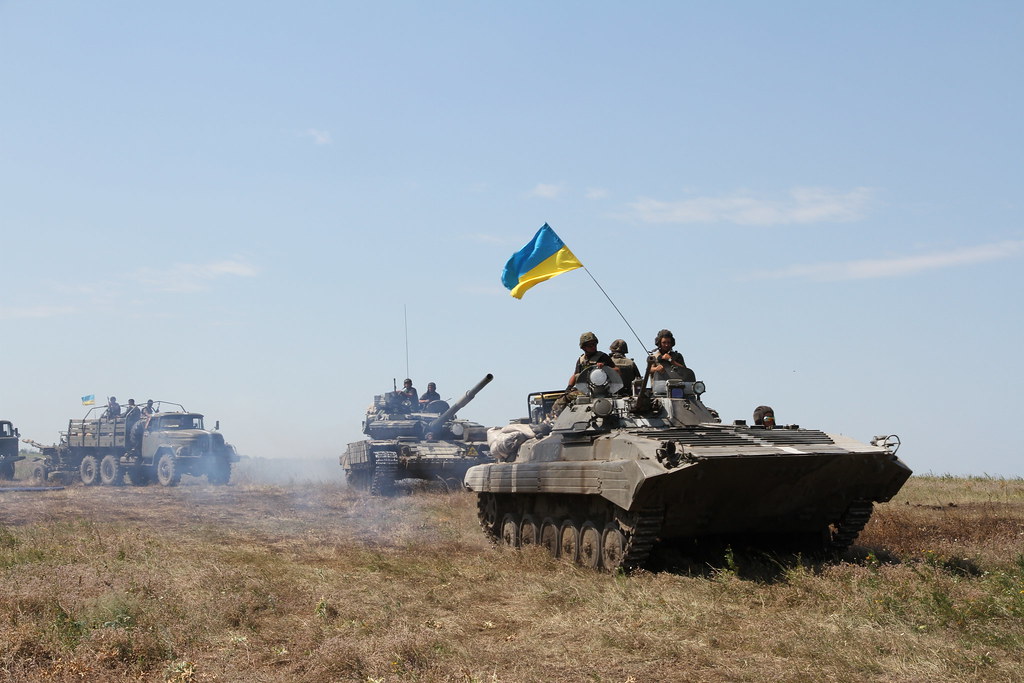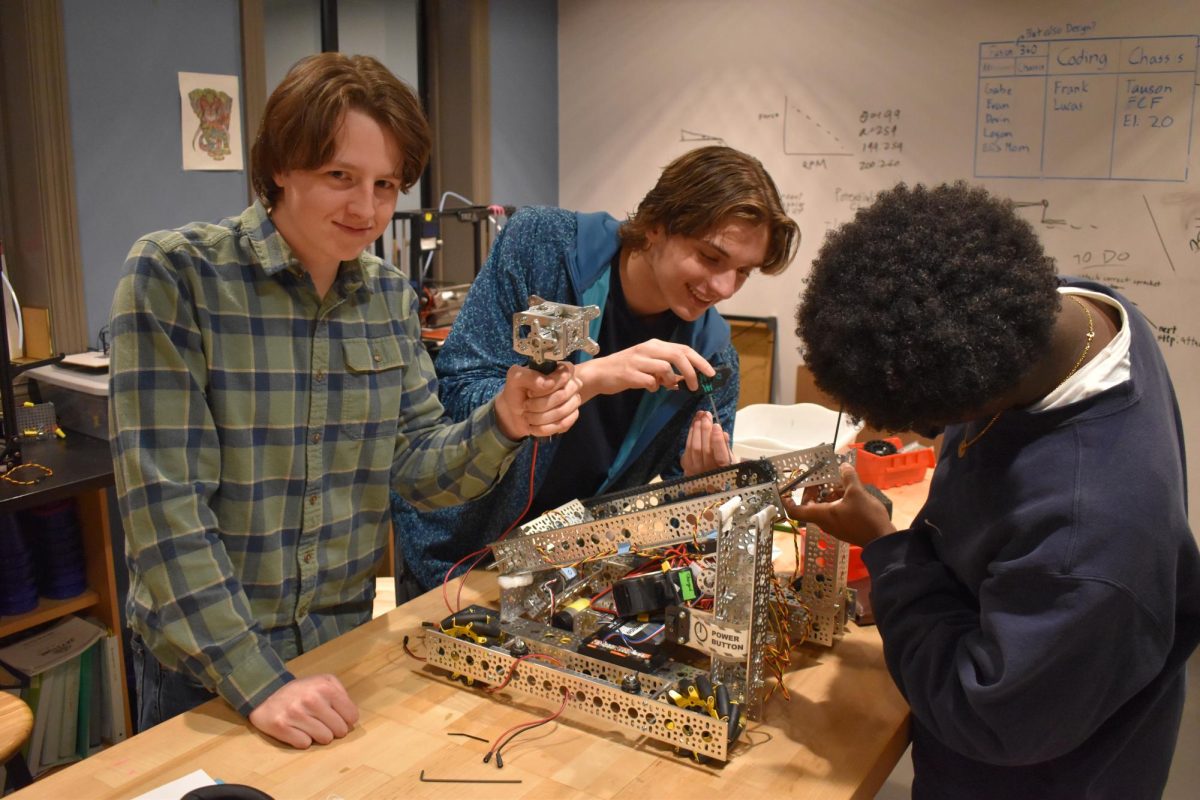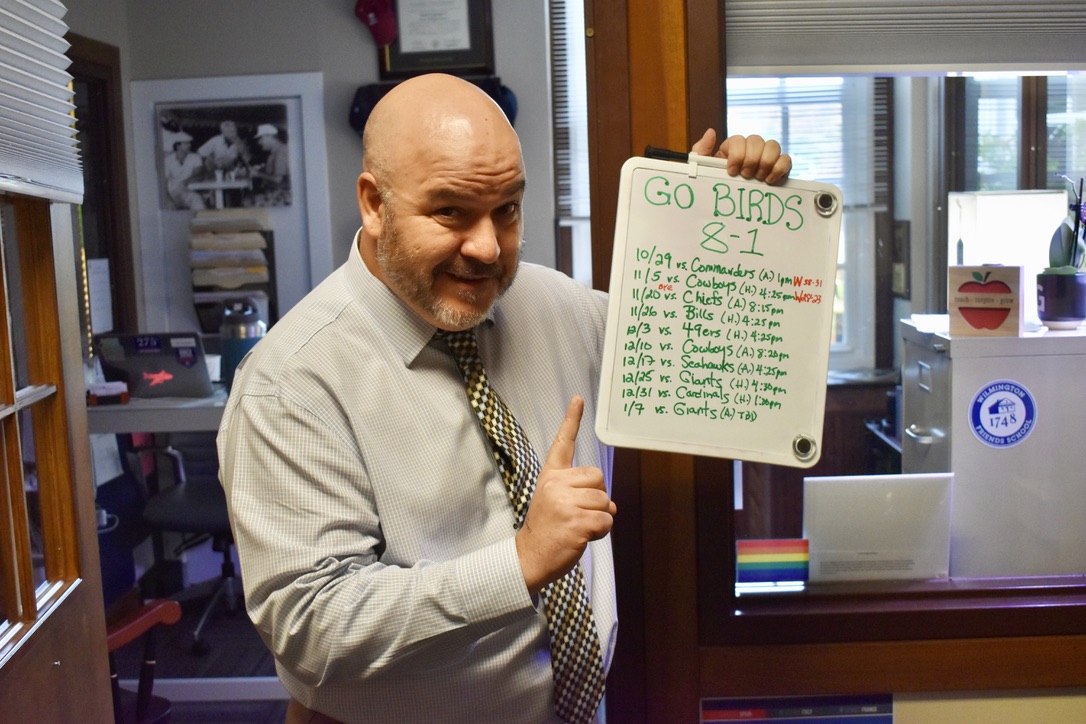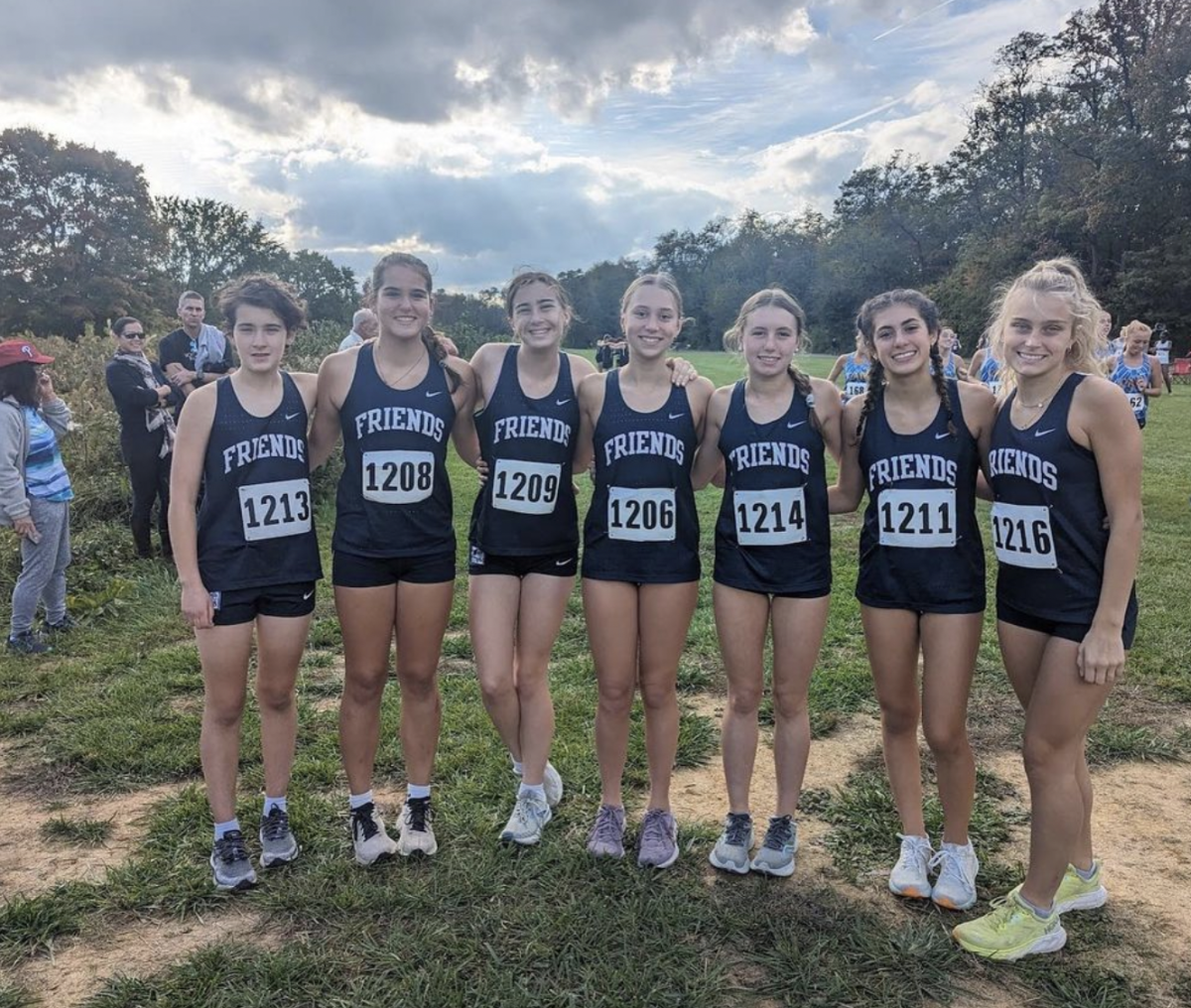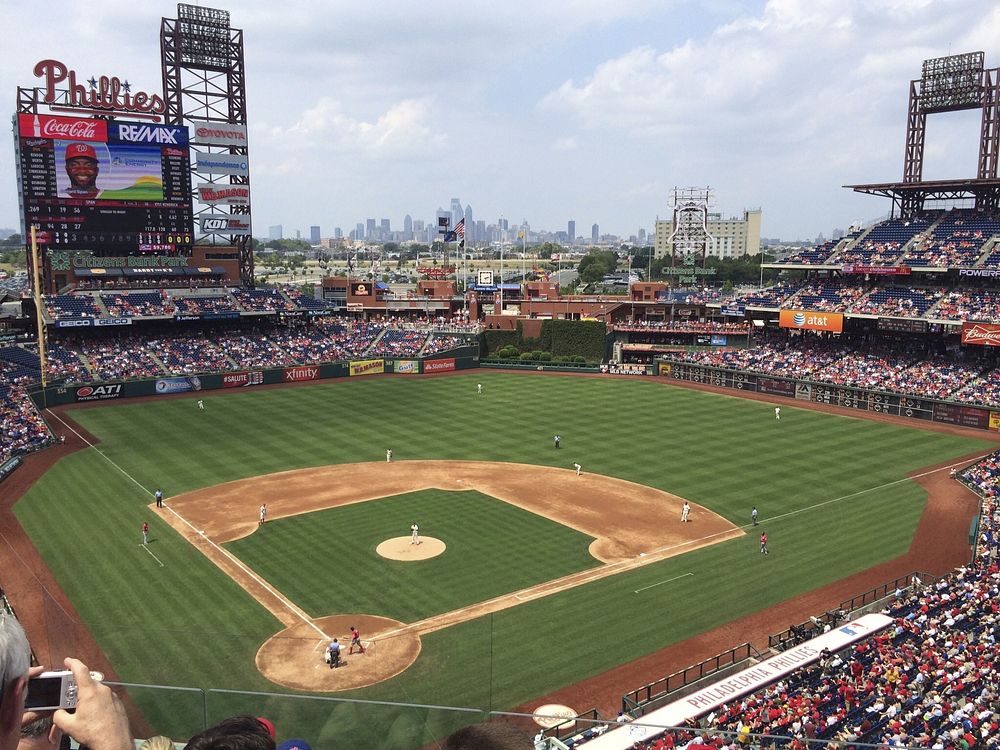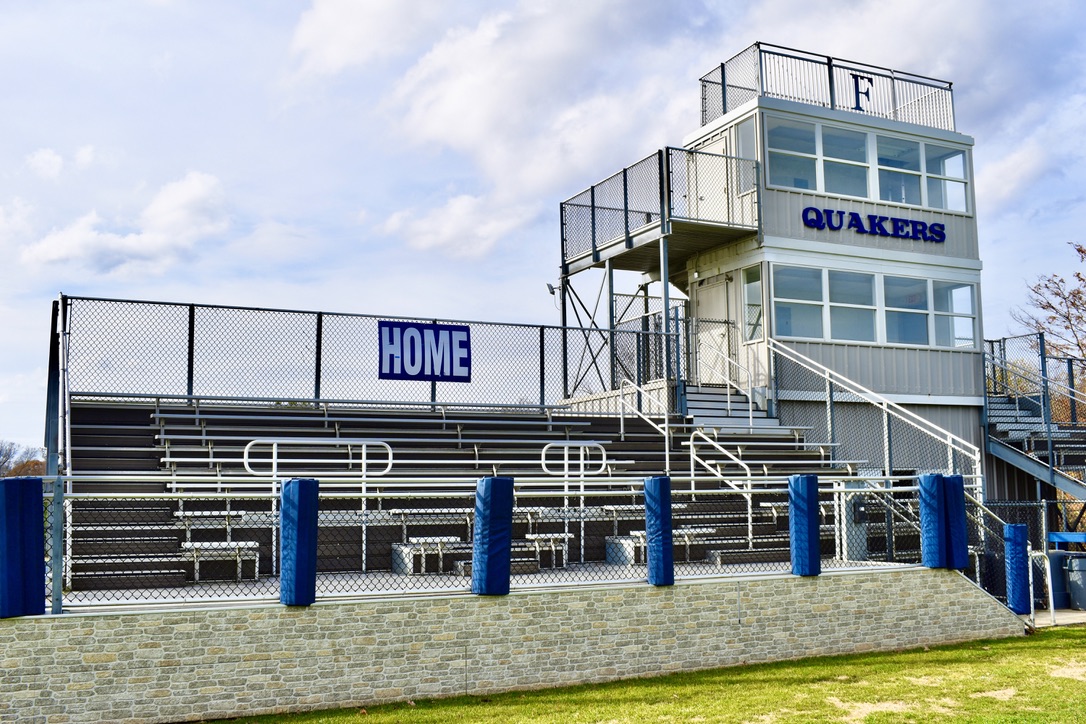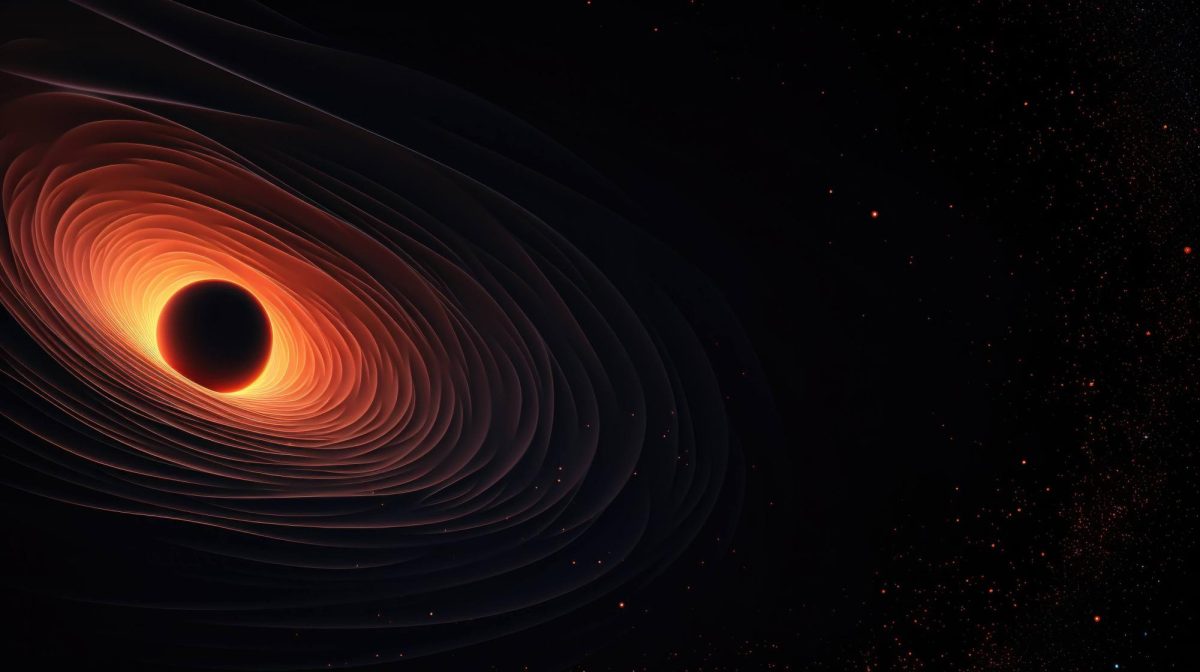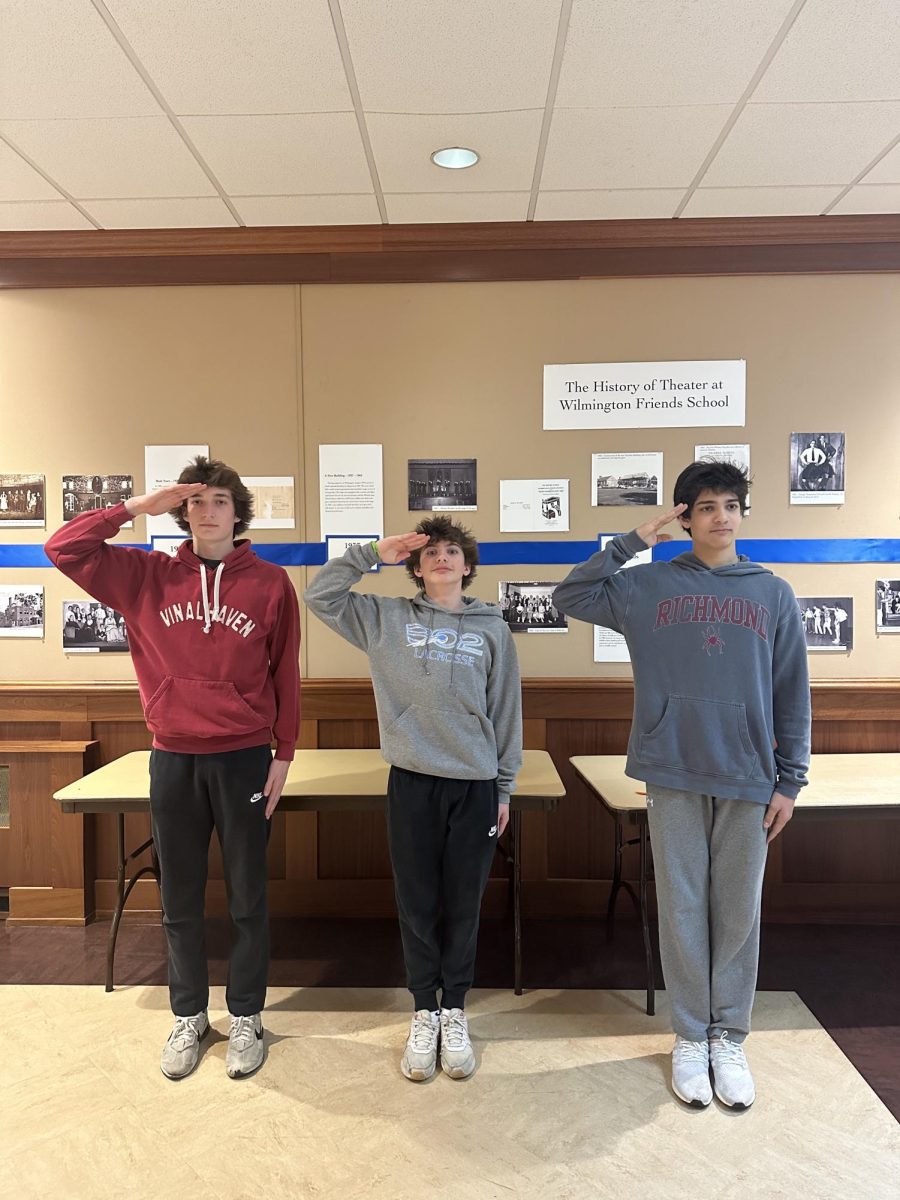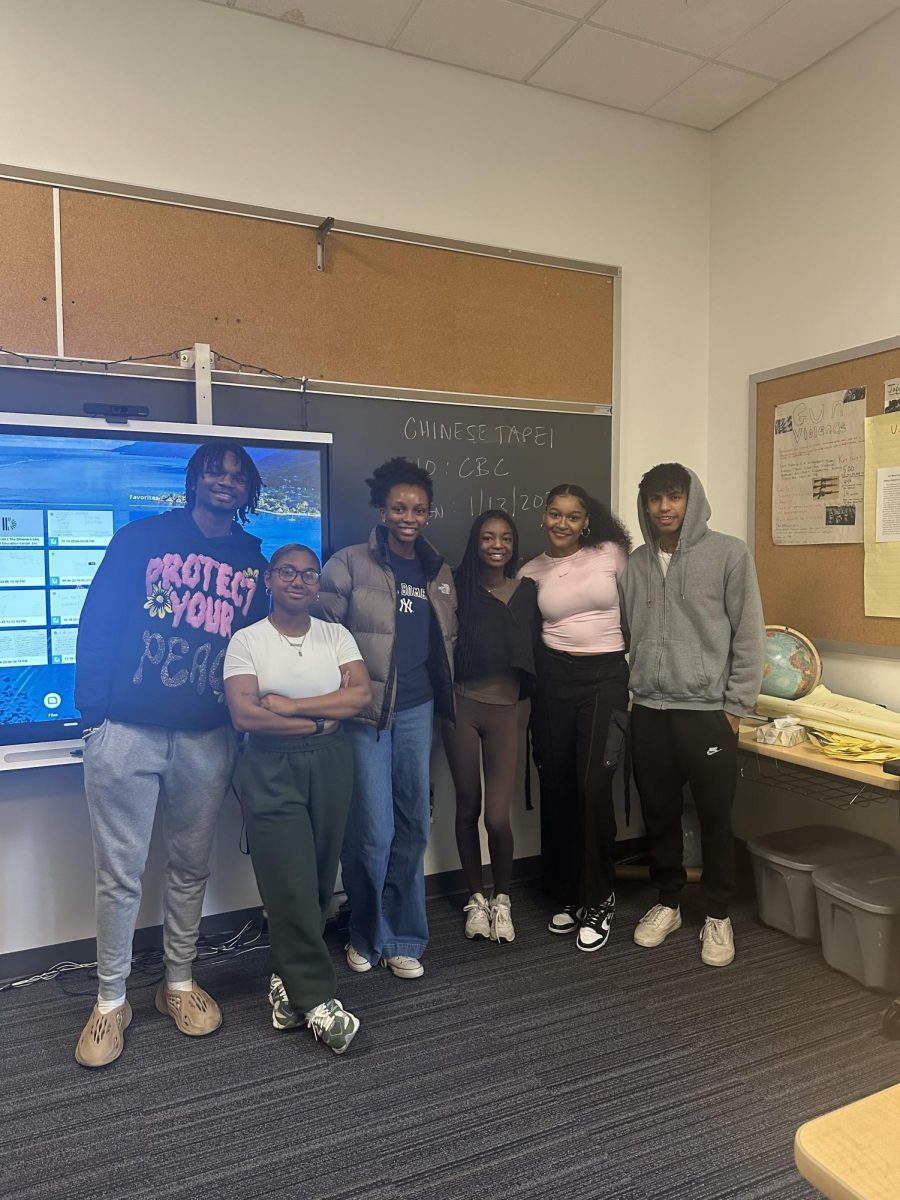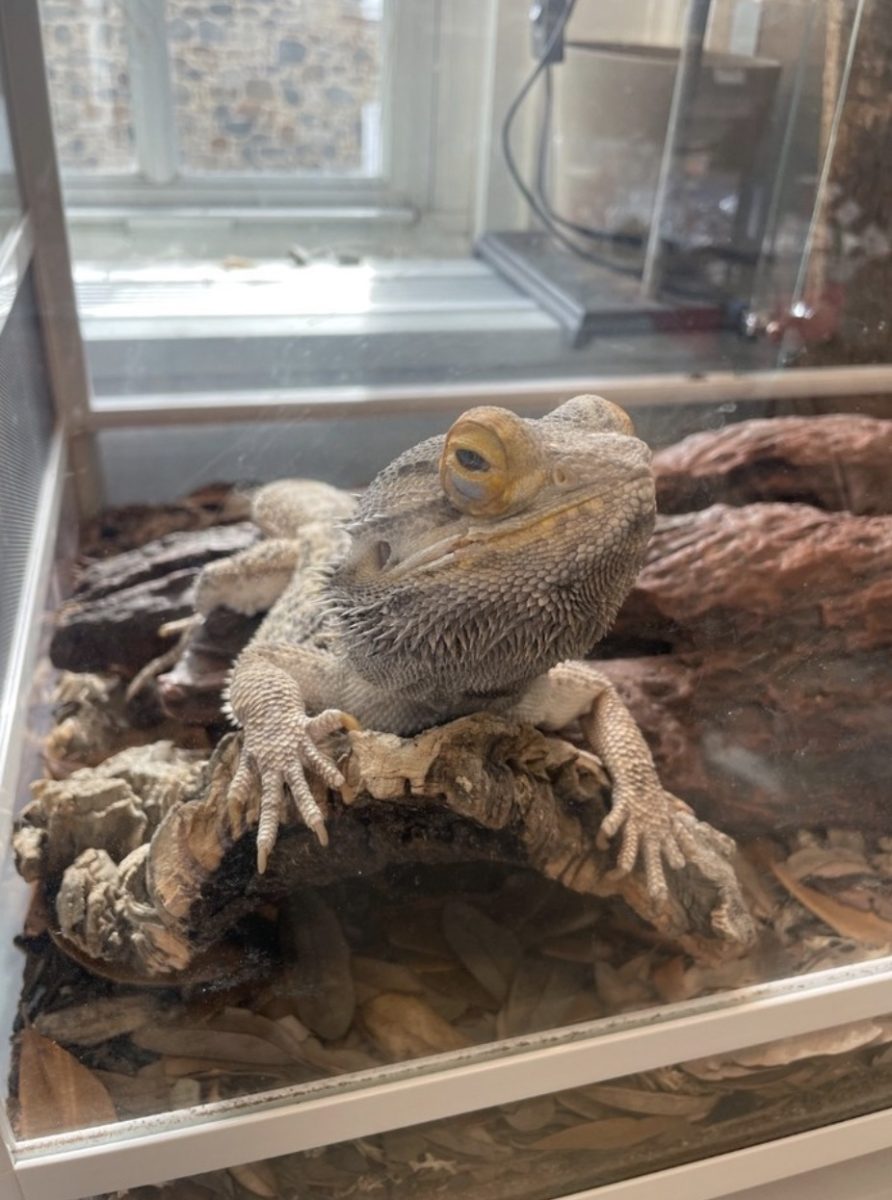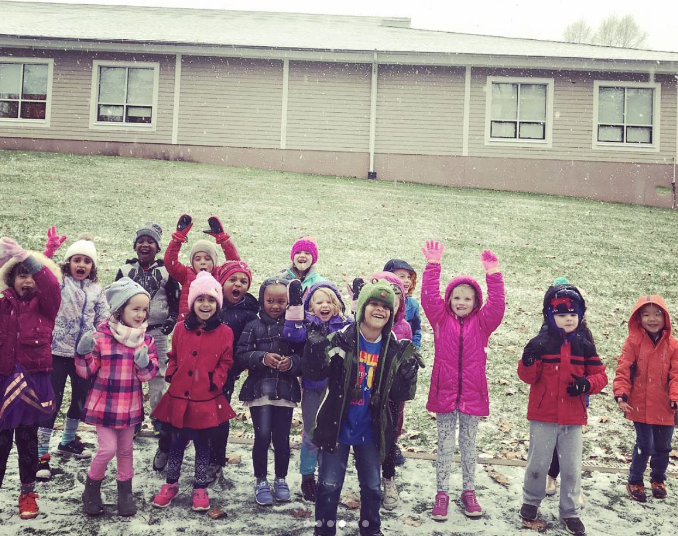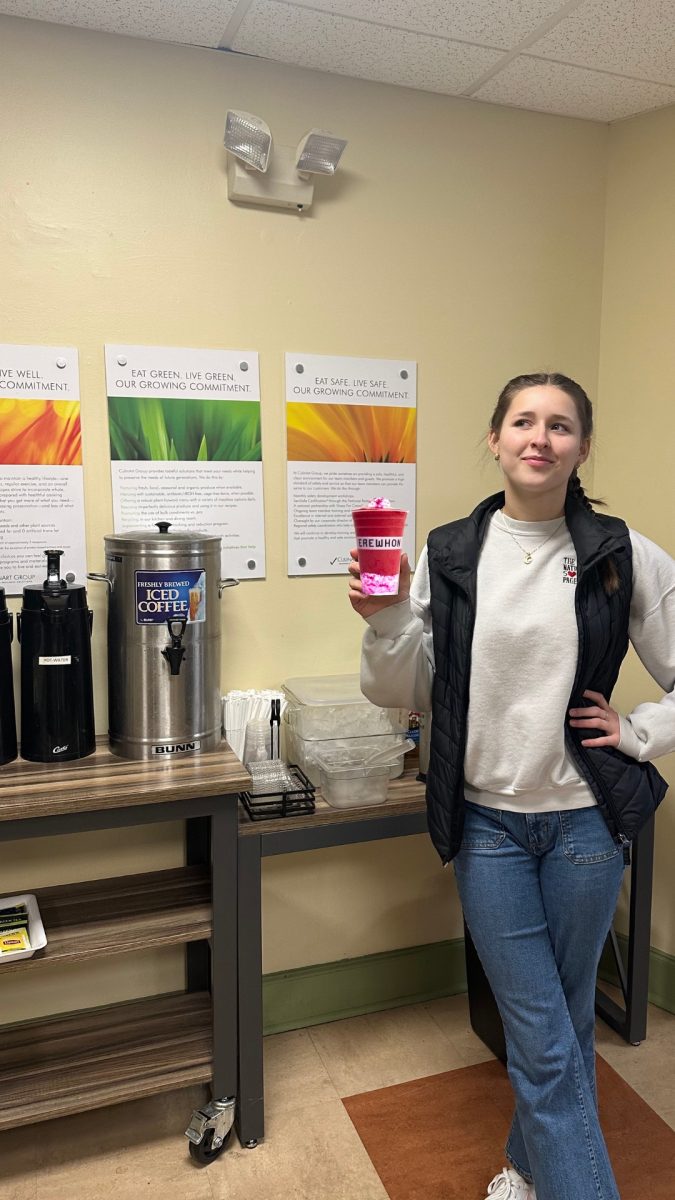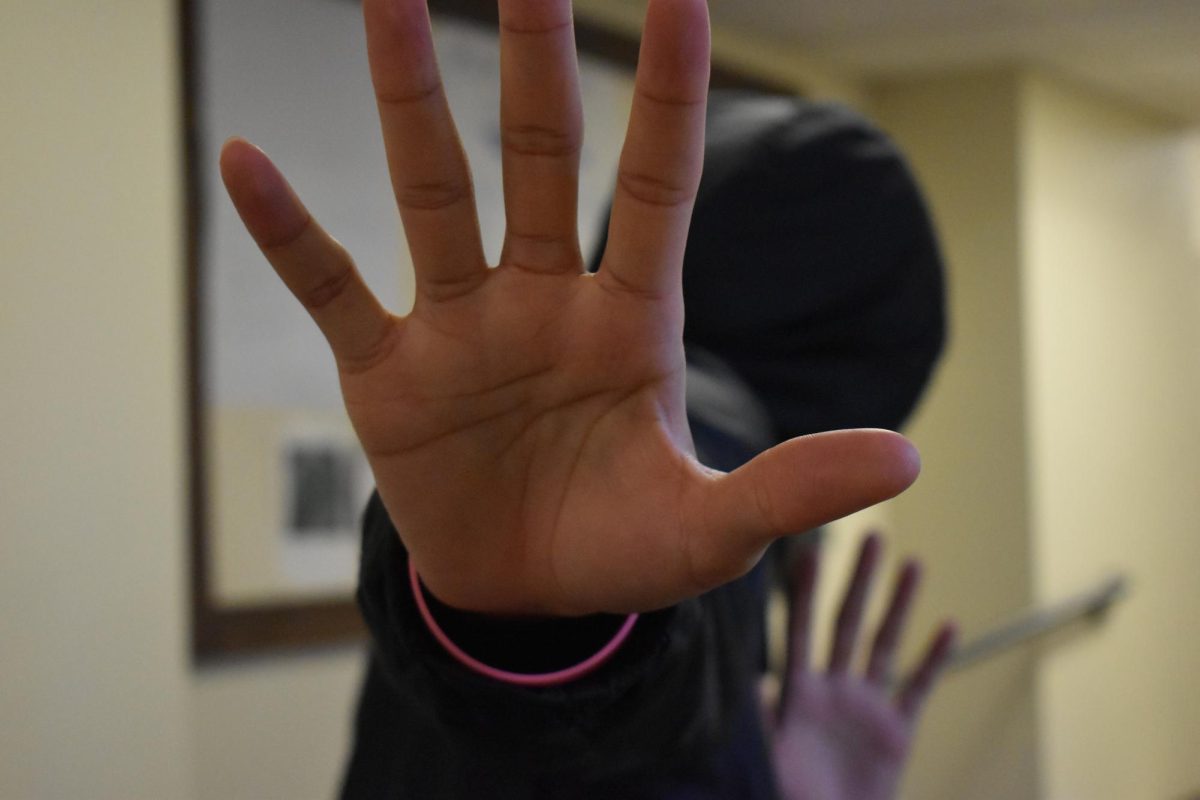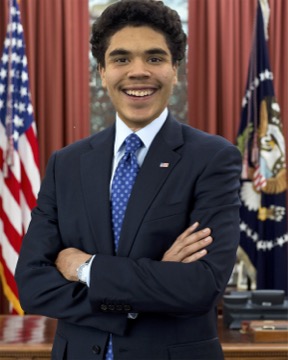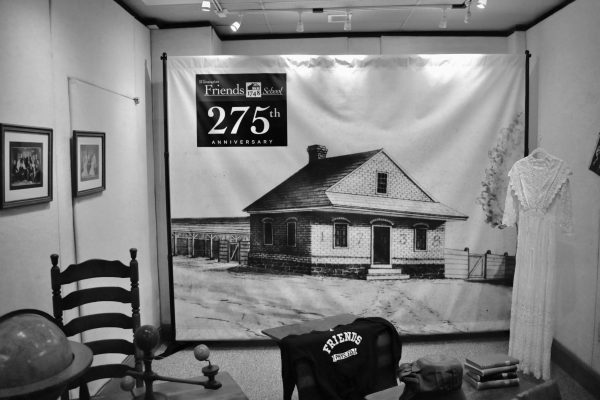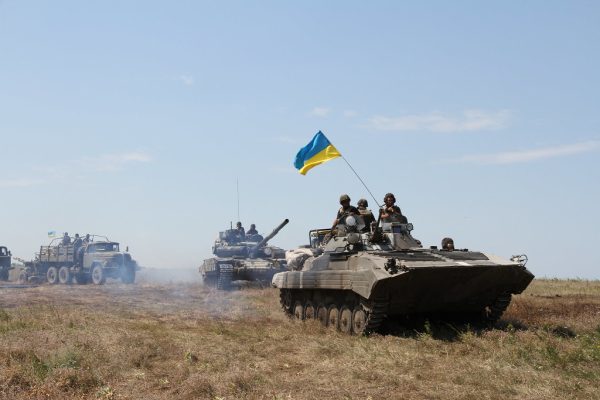An Attack on American Democracy: January 6th
February 21, 2021
On the morning of January 6, most Americans woke up to the news that Raphael Warnock defeated incumbent Senator Kelly Leoffler in one of two Georgia run-off elections, putting the Democratic party one step closer to controlling the Senate. They also expected to view the certification of Joe Biden’s presidential victory later that afternoon. A group of Republican congressmen intended to question the validity of the vote counts, but the venture would likely do little more than delay the certification. On this same day, President Donald Trump held a rally in Washington, drawing thousands of his most implacable supporters. What followed shocked the world. Thousands of demonstrators converged on the Capitol building from the rally, occupying much of the Capitol grounds as scores of people forcibly breached the Capitol proper in an event described as exemplary of domestic terrorism, insurrection, and sedition. This report will examine what transpired during these tense twenty-four hours, what led to these events, and the repercussions that immediately followed.
Most attendees of the ‘Save America Rally’ arrived in D.C. several days before, coming from all over the country. Although the rally was not scheduled to begin until 11:00 AM, the mall was crowded with Trump supporters by 8:00. The president began his speech at 11:58, voicing claims of voter fraud and a stolen election that he had repeated since November. He called for his supporters to march on the Capitol, telling them, “You have to show strength.” Before his speech concluded, hundreds of demonstrators approached the Capitol building. The first temporary barrier was breached at 12:53, with demonstrators advancing to the foot of the Capitol steps on the west side just before Congress convened. Shortly after,, suspected explosive devices were reported outside the Republican and Democratic National Committees. At approximately 1:15 P.M., demonstrators began violently clashing with capitol officers. As the clash continued, it was clear that the police force was not prepared to handle such a mob. At 1:26, capitol police evacuated the Library of Congress, and at 1:50, Capitol Police Chief Steven Sund requested immediate backup from the D.C. National Guard. At 1:58, demonstrators breached the police barricade on the east side of the building, quickly approaching the entrance. After 2:10, the mob on the west side of the building breached the last barrier in their way, at which point an emergency alert was sounded on the loudspeakers, prohibiting anyone from entering or exiting the building due to “an external security threat.” By 2:15, the Capitol had experienced the first violent breach of the building since the War of 1812, at which point House leadership, along with Vice President Pence, were evacuated.
Once the demonstrators entered the building, chaos ensued. House Speaker Pelosi’s office was desecrated, a courageous capitol police officer led a mob away from the senate chamber, and violent demonstrators congregated in Statuary Hall and in the rotunda. At 2:38, President Trump put out his first tweet in response to the attack, telling demonstrators to “respect our capitol police” and to “stay peaceful.” This did practically nothing to help the situation, for at approximately 2:40, law enforcement drew their weapons inside the house chamber, and a rioter could be heard in a social media video saying, “Let me through, I have a knife!” At 2:46, shots were fired in the House chamber, fatally injuring a woman. Shortly after, rioters were photographed inside the Senate chamber. The President put out a second tweet at 3:34, asking his supporters to “remain peaceful.” The national guard was mobilized at 3:51, along with a backup force from the FBI and other law enforcement agencies, and the long process of securing the Capitol began. At 4:00, Joe Biden gave a speech condemning the violent acts carried out by demonstrators and calling on the president to do the same. Seventeen minutes later, the President released a video message, in which he reiterated his false narrative that the election was ‘blatantly stolen’ and expressed his love for his supporters in D.C. before asking them to withdraw. At 5:00, law enforcement began to get a handle on crowd control, and the building was declared secure at 5:50. However, very few arrests were made as assaulters were shuffled out of the Capitol. Riot police continued to drive the mass of demonstrators away from the capitol grounds as the curfew put in place by D.C. Mayor Bowser began at 6:00. The arrival of law enforcement helped calm the situation, but police officers were still verbally accosted by the mob. At 6:25, the President put out a third tweet, unrelenting in his propagation of election fraud, and Twitter locked his account for 12 hours pending review. At 8:08, Vice President Pence called the Senate to order, and Speaker Pelosi did the same for the House shortly after. Congress debated well into the night, with many Republicans unwavering in their challenge to the election result. Some Republicans, however, including recently defeated Kelly Leoffler, recanted, and at 3:40 on the morning of January 7, Vice President Pence called out the final vote counts and called the chamber to resolve, the long, stressful day finally ended.
The world woke up disheartened that the events of the previous day took place. Abby Emsley ‘21 said, “It was crazy to see, and really disappointing that’s who we’ve become.” In the following days, an exhaustive investigation began to suggest that the events of January 6th resulted from more than just mob rage. The Trump campaign had been organizing the rally for weeks and the President invigorated his base with claims of election fraud since November. Prior to the rally, it was known that the most ardent Trump supporters would be arriving at the rally, but the investigation revealed that leaders of fringe groups, including promoters of conspiracy theories, circulated ideas regarding an assault on the Capitol. There was also no shortage of violent sentiment towards members of Congress and the Vice President, several of whom received specific threats of violence on the unmoderated social media app Parler.
The events of January 6th are deceptively complex–it would be impossible to explore every avenue–and the investigation has determined that the assault, at least partly, was premeditated. However, it would be foolish to not argue the impact of the mob mentality; there is no doubt some people joined in the raid for the simple reason that those around them did. While it is difficult to fully understand the assault on the Capitol in so little time, the role of one individual is undeniable. The president’s continuous propagation of false ideas of election fraud, even after numerous court cases were thrown out, invigorated his base. Had his rally not taken place, the Capitol would not have been breached, Capitol police officers would not have been injured and killed. The assault was the culmination of weeks of misinformation and intemperate political rhetoric, targeting all manner of politicians, from progressives to his own vice president. In relation to the president’s remarks before the assault, Will Medford ‘22 said, “I think there should be a stronger standard for what high ranking politicians should or can say to their base.” While many were shocked to see the raid unfold in real-time, it was representative of political and demographic trends that have been shaped by the last decade. This moment was a stain on our country, one that will be remembered. As Ryan Wood, Global Peace & Justice teacher, said, “The defining moments of a presidency are the things done either incredibly well, or incredibly poorly… Trump’s exit from office will be defined by insurrection and misinformation.” However, by walking back these trends, America may hope to tackle the challenges of the next decade and to achieve a more perfect Union.

